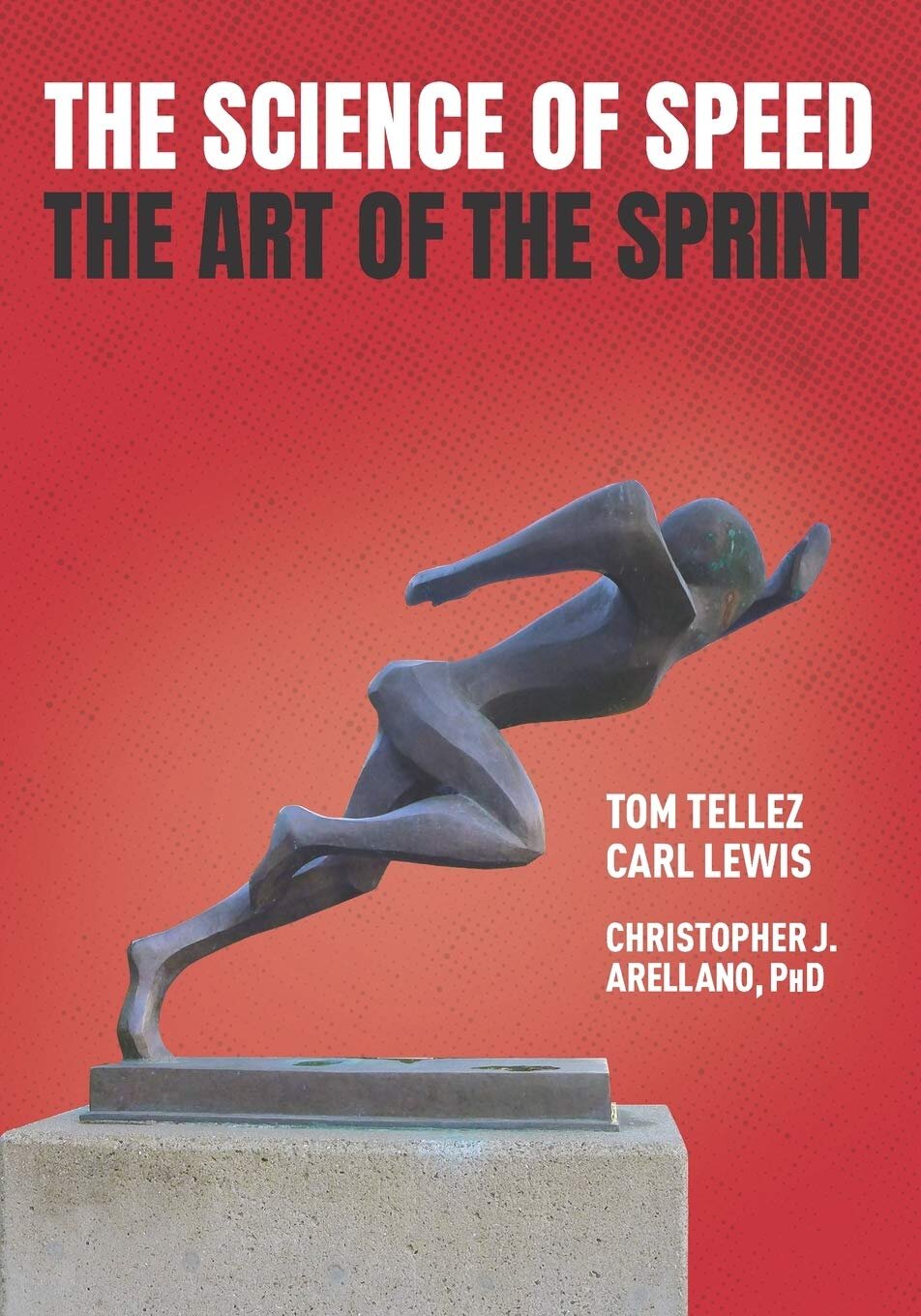The following in an expert from Owen Andreson’s fantastic book Running Science, pp.86-87, on Improving VO₂ Max:
Although VO₂ Max is a weak predictor of endurance performance unless runners of widely varying ability levels are compared, it is nonetheless true that individual endurance runners who increase their personal VO₂ Max will often improve their individual performances.
As a result, exercise scientists have attempted to identify training strategies that have the greatest possible positive impact on VO₂ Max.
Many runners believe that the best way to optimize VO₂ Max is to conduct high-mileage training. However, the scientific study that detected one of the largest improvements ever recorded in VO₂ Max in well-trained runners actually linked an upswing in intense training and a decrease in mileage with the big jump in VO₂ Max. (Study: Effects of 4-wk training using Vmax/Tmax on O2max and performance in athletes)
In this investigation, experienced runners were using a variety of different training techniques prior to the onset of the research, including long, slow distance work; speed sessions; tempo training; overspeed efforts; and weight training.
Over a 4-week period, the athletes conducted two high-intensity interval sessions per week. Each workout consisted of six intervals performed at the intense pace of vO2max, or the minimal running velocity that elicits VO₂ Max. These work intervals lasted from 3 to 4.5 minutes. The rest of the weekly training was composed of light recovery runs.
After just 4 weeks, the runners upgraded their 3K performance times by about 3 percent, and VO₂ Max jumped by 5 percent from 61 to 64 ml • kg-1 • min-1. This kind of aggressive increase in aerobic capacity is totally unexpected and almost unprecedented in highly trained distance runners, who often have a difficult time getting O2max to budge at all. As mentioned, this is one of the largest increases in aerobic capacity ever recorded in a published scientific study carried out with experienced runners.
Separate research also supports the idea that intense training has the strongest impact on VO₂ Max.
By definition, intense training means work carried out at a high percentage of VO₂ Max—that is, at high speed. It is far different from high-volume training, which means heavy mileage running carried out at moderate intensity.
In a study completed with relatively inexperienced athletes, 12 individuals exercised at an intensity of 100 percent of O2max over a 7-week period, while 12 other subjects worked at an intensity of 60 percent of O VO₂ Max. For a 20-minute 5K runner, 100 percent of VO₂ Max would be a pace of about 90 seconds per 400 meters (~6 minutes per mi), while 60 percent would correspond with 150 seconds per 400 meters (10 minutes per mi).
The latter group actually trained for longer periods of time so that the total amount of work per training session was equivalent between groups. After 7 weeks, the group working at 100 percent of VO₂ Max achieved a 38 percent greater increase in O2max compared with the lower-intensity, greater duration of training group, prompting the researchers to conclude that high-intensity exercise at around 100 percent of VO₂ Maxis the key factor for the promotion of optimal VO₂ Max improvements.
A follow-up review that looked at 78 published scientific studies exploring the relationship between intensity, training volume, workout duration, and VO₂ Max found that optimal gains in VO₂ Max could be achieved by training as often as possible at an intensity of 90 to 100 percent of VO₂ Max. Ninety percent of VO₂ Max roughly corresponds with 10K race speed, while 100 percent of VO₂ Max is often close to competitive speed for a mile.
Traditionally, high-volume training carried out at moderate intensities has been categorized as aerobic running, while low-volume training conducted at high intensities has been termed anaerobic running (and has been presumed to have a smaller impact on maximal aerobic capacity), but research indicates that these concepts are misleading.
In an inquiry carried out at the August Krogh Institute at the University of Copenhagen, one group of experienced endurance runners ran about 100 kilometers (62 mi) per week at an average intensity of 60 to 80 percent of VO₂ Max (so-called aerobic running), while a second group of experienced runners ran just 50 kilometers (31 mi) per week while emphasizing fast-paced interval sessions (so-called anaerobic running); work-interval length varied from 60 to 1,000 meters (.03-.6 mi). After 14 weeks, the lower-mileage, higher-intensity runners had improved the main marker of aerobic metabolism, VO₂ Max, by 7 percent, while the higher-mileage, lower-intensity runners had failed to upgrade VO₂ Max at all. The 1K performance times also improved for the lower-mileage, higher-intensity group (from 2:41 to 2:37) but failed to increase for the higher-mileage, lower-intensity runners.
VO₂ Max is a terrible predictor of performance among experienced runners with similar training backgrounds and has been linked with an inadequate theory of fatigue during running. However, individuals who improve their maximal aerobic capacities often enjoy significant gains in performance. A limitation on neural output seems to be the key factor which caps VO₂ Max. Overall, scientific research strongly supports the idea that high-intensity training, rather than high-volume work, produces the greatest improvement in VO₂ Max.
Source: Running Science, Anderson, pp. 86-87

